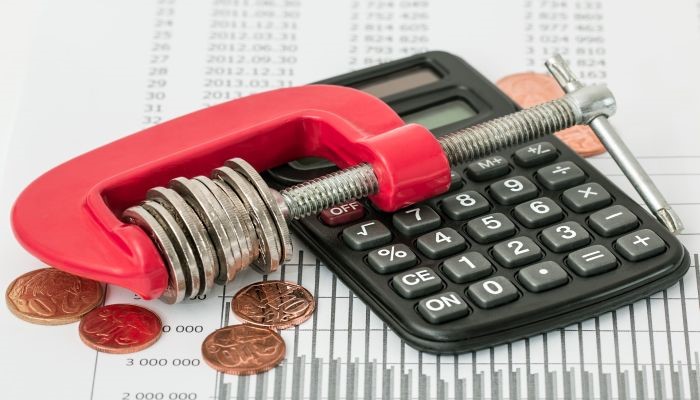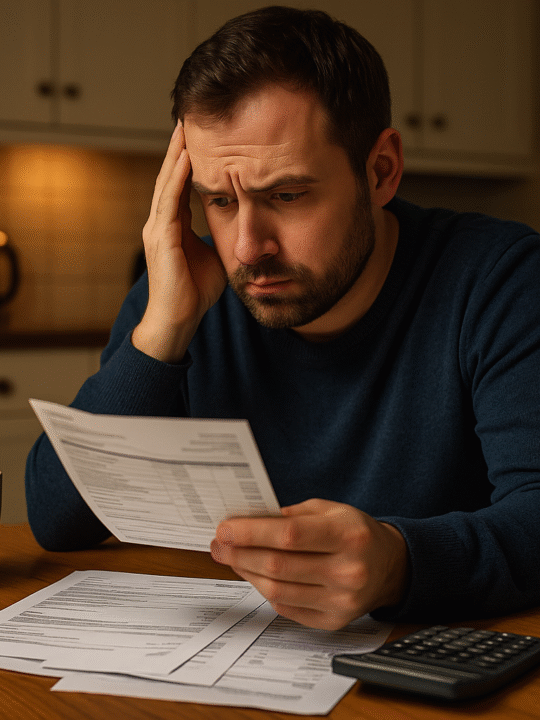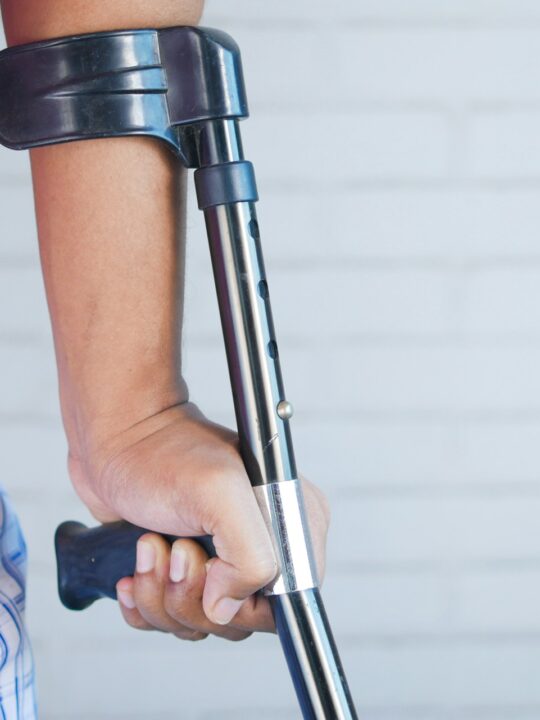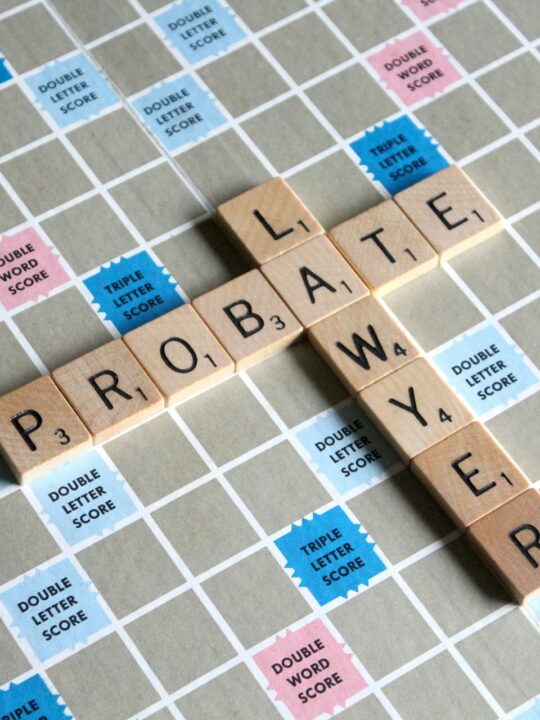
Credit: Pixabay
Bankruptcy may sound scary, but it’s ultimately a natural part of the financial process. According to insolvency trustees Chande & Company, “bankruptcy is a legal process that is designed to help you eliminate your debts when you are unable to repay them. At the end of the process, your debts are discharged.” In essence, this provides a fresh start. Of course, it comes with many consequences as well, which is one of the reasons it is seen as the last resort of debt solutions. For this reason, it is a viable way to handle your debt, but it’s worth looking into alternatives.
Bankruptcy’s Many Costs
Bankruptcy is generally for those who lack the means to try and handle their debt in another manner. This means that they don’t have the option to try and pay off their debts because just about any money they have is tied up in paying for basic needs like food and shelter. Another thing that may tip the scales is if there are several collectors who are demanding money, and the individual in debt is in need of relief right away. First time-bankruptcy is a lot shorter of a process, lasting nine to 21 months until final discharge based on income.
So, what’s the downside? The biggest one is the fact that you need to surrender your assets. This has a practical and emotional toll, especially if these assets are things you have had for a long time. There are certain limits, like your car and personal possessions, but you will likely be forced to give some things up on top of making monthly payments.
When it comes to your house, it’s a bit more of a gray area. Whether or not you have to sell it boils down to the house’s worth and how much is left on the mortgage. If your house is worth more than the mortgage, you need to pay your bankruptcy trustee the equivalent of any equity value or risk selling it.
Have You Considered A Consumer Proposal?
Debt relief is important, but maybe you’re not ready to give all that up through bankruptcy. In this case, the best option may be filing a consumer proposal. This method takes assets out of the equation and puts together a payment plan with you and your creditors. In some cases, these payments are more than those of bankruptcy, but for many, it is worth it to avoid missing out on their assets.
If you’re looking to get rid of your debt and see a consumer proposal as a potential alternative to bankruptcy, be sure to take the time to talk to a licensed insolvency trustee. They are the ones who will ultimately draft the proposal, then send it to the Office of the Superintendent of Bankruptcy (OSB) and your creditors. If the creditors accept it (they have 45 days to make a decision) then you will be responsible for the payments and any other conditions of the proposal. If you miss three payments, the proposal will be annulled.







